
To check if a painting is real or fake, first have a look online
A week ago, Jenny Pat, the granddaughter of famous Chinese painter Fu Baoshi as well as an experienced painting appraiser, wrote on her Sina Weibo that the recent exhibition at Plaza Hollywood in Hong Kong of Fu's 15 works were all "copycats." She uploaded a few photos taken at the scene to support her argument. Soon, the controversy attracted wide media attention and generated discussion among netizens.
According to Pat, the exhibition of Fu's paintings was the first part of a series of traditional Chinese painting exhibitions. Later exhibitions would include works by Qi Baishi and Wu Changshuo. The 15 pieces by Fu, which would have a total estimated value of at least 10 million yuan ($1.6 million) if they are indeed real, were promoted as being from the collection of one of the "top 10 Chinese collectors," Zhao Tailai.
Pat said, "There is no space for controversy that these works are real… Zhao said that these collections have been evaluated by the renowned expert Shi Shuqing (1922-2007). We don't know if that's true. But I believe [experts] would not come up with the same conclusion if they see them."
Not an isolated case
It is now a commonplace occurrence for experts or artists to expose fake artworks they find on Weibo. In order to gain some assurance about their own investments, it is also common for amateurs and collectors to post photos of artwork or antiques on the Internet.
In 2011 autumn auctions, Beijing Tranthy auction house was selling the Zhang Xiaogang contemporary artwork Little Girl. A netizen asked Zhang Xiaogang through Weibo about that particular painting. The reply was negative. Earlier that spring, the same painting had sold for 1.8 million yuan.
Last year, oil painter Yang Zhiguang found 42 fake paintings that were said to be his works at several auctions in May. His daughter, Yang Hong, reviewed the information about these copies through Weibo. "Less than two months, so many copycats at auctions. Horrible!" she wrote.
Pat said that in most cases, both sides would argue and respond to the issue, but after a few rounds, it usually just ends without any real solution or result.
Who's responsible?
The authenticity of paintings at auctions has long been a hot topic. In 2009 at a Sotheby's spring sale, Li Luping, an expert from Jiangsu Province, pointed out that four Chinese paintings, including works by famous Chinese painter Dong Qichang and Hui Shouping, were imitations. A great deal of controversy was also stirred up at the same year's spring auction by the sale of Qi Baishi's painting Tiger, which sold for 32 million yuan, as well as famous painter Lin Fengmian (1900-91)'s Yu Huo (fish harvest), which sold for 14 million yuan. Similar cases happen every year.

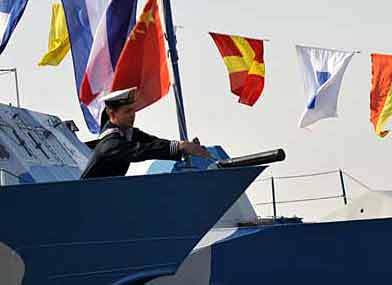

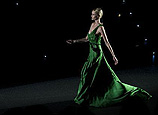
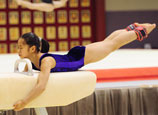
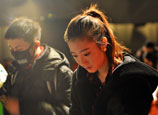

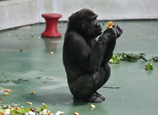
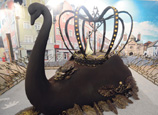
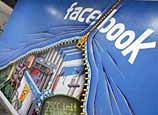
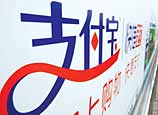






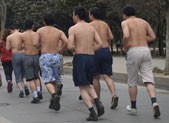 Employees run half-naked for not meeting sales quotas
Employees run half-naked for not meeting sales quotas


![]()
